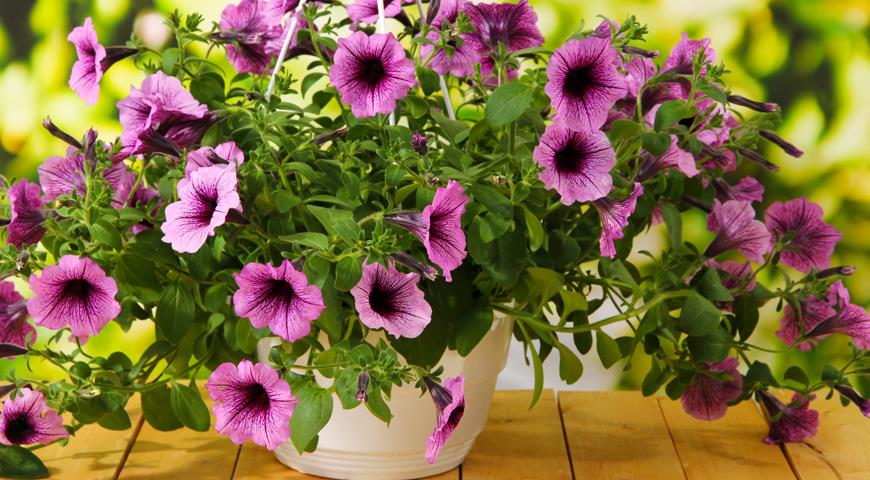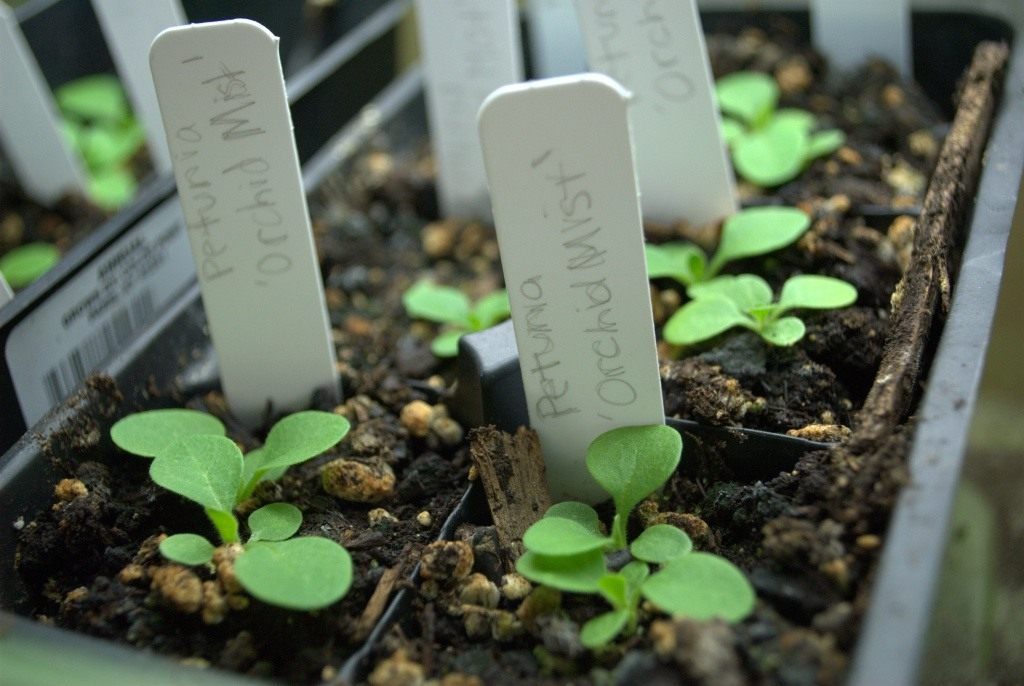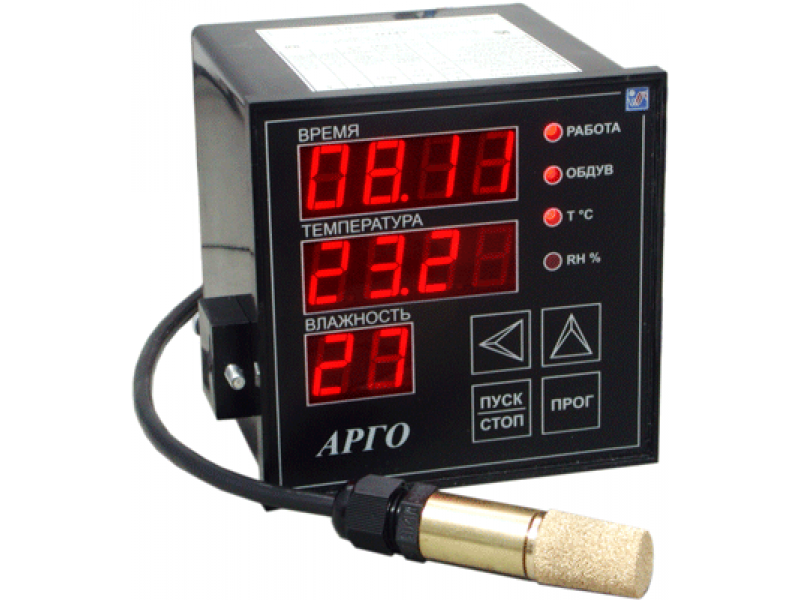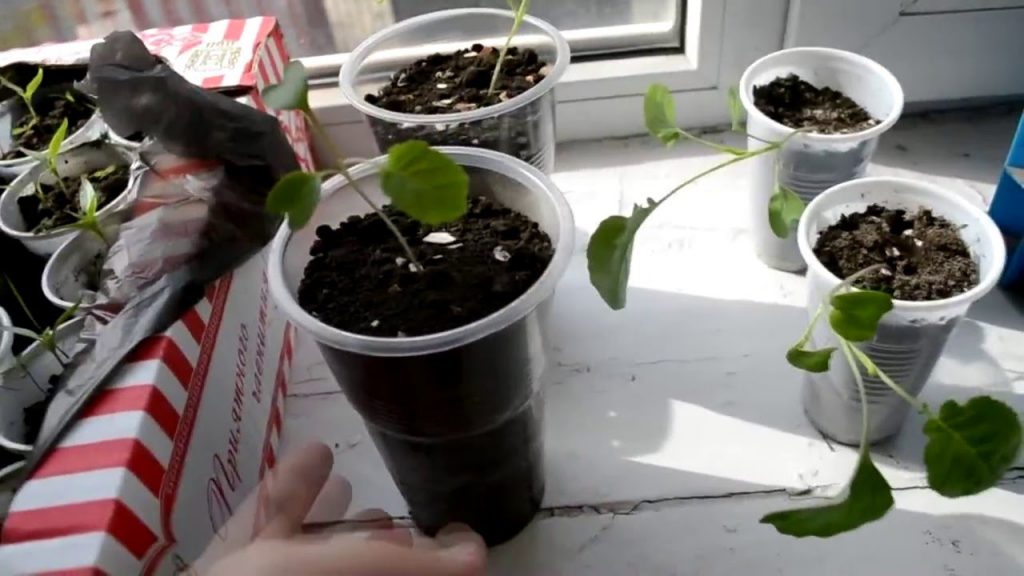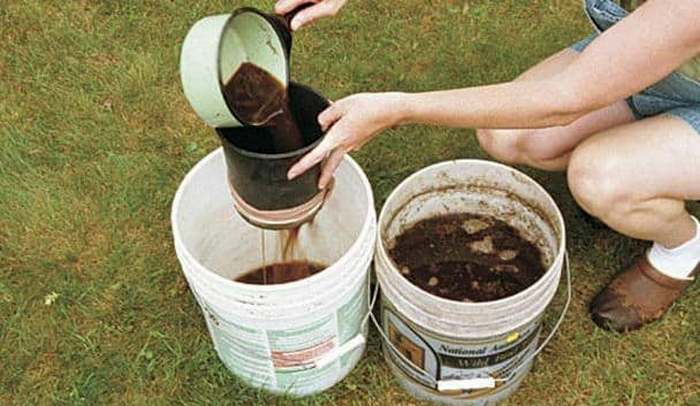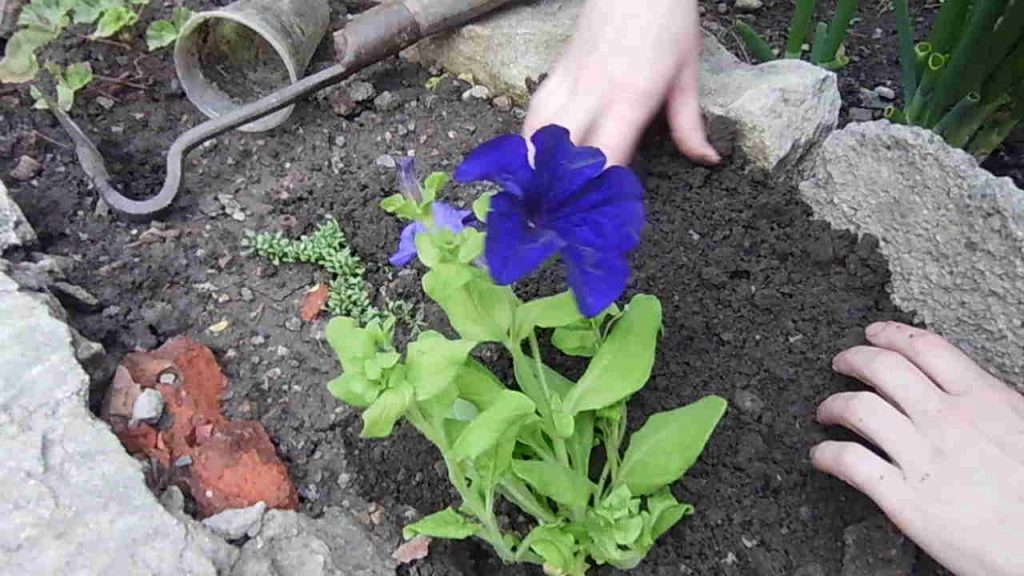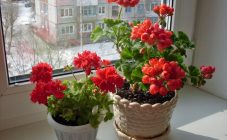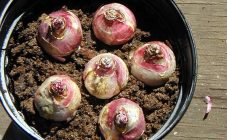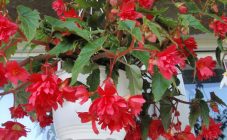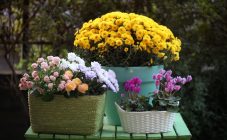Content:
Petunia is native to South and Central America. The first specimen of a beautifully flowering plant was discovered in 1767 on the banks of the La Plata River. In 1820, petunia seeds were introduced to Europe. Under natural growing conditions, the plant is considered perennial, but in Russia it is grown as an annual crop. Thanks to breeding work, various species and varieties have been bred. You can find bush, ampelous, multi-flowered, large-flowered, small-flowered, monochromatic and interspersed with frills of different shades. How to care for petunia so that it delights with its flowering for a long time? For successful cultivation, you will need to carry out moderate watering, often loosen the ground, provide flower pots with good lighting, make additional fertilizing and remove faded peduncles in time.
Petunia: growing and care at home
Seed propagation is the main way to obtain lush plants, which are then planted in pots and decorate the backyard and garden with them.
Many hybrid varieties have been bred for cultivation by breeders and specialists. This means that when plants are obtained from seeds collected from hybrids, there is a high probability that splitting of traits will occur, new petunias will not repeat the maternal traits and bloom as abundantly.
Terry varieties are quite capricious for setting seeds. They give seed very rarely, besides, if you still manage to sow them once, the new flowers will not be so double.
When growing petunias, almost everyone plant different varieties of flowering plants, which differ not only in color, but also in the degree of terry. Being next to each other, some varieties pollinate others, since the plant belongs to cross-pollinated. This means that new seedlings will not repeat the maternal signs.
Therefore, you should not even try to keep the variety you like. It is recommended to collect seeds from plants for breeding only if you do not care what will turn out as a result of such reproduction.
Ampel varieties of petunia, surfinia, propagated by green cuttings. Terry species are bred in a similar way.
Reproduction of petunias by seeds
Sowing petunias for seedlings is carried out in spring in March. Some postpone this procedure to the end of February, however, if there is insufficient lighting, the seedlings can stretch out and lose their appearance.
The calculation of the planting time should be carried out in accordance with the plant species: large-flowered varieties bloom 85 days after sowing the seeds, multi-flowered varieties - after 70 days. In indoor conditions, it is important to be guided by the lunar calendar.
Seeds are sown superficially in prepared boxes with fertile soil. You can use the store. Before sowing, it is advisable to moisten the soil. When the seed is evenly distributed in the box, cover the container with glass.
Seeds germinate at high temperature and humidity. The first shoots will not have to wait long.If there was high-quality planting material, then the first shoots will hatch within a week. After germination, it is recommended to lower the temperature to 18 ° C.
How to get a beautifully flowering plant
When the first pair of leaves is formed on the plants, it is recommended to remove the glass. A pick is carried out when 3 pairs of true leaves develop on the seedlings. They do this carefully, they help to remove the plant from the ground with their hand and, supporting it, transfer it to a new glass. You need to pinch over 4 pairs of leaves.
When growing seedlings, it is important to control the humidity of the air and soil. The slightest drying out of the earthen soil with increased dryness in the room will lead to the drying out of the seedlings.
From this it follows that watering should be timely, moderate and accurate. Petunia, the care of which is not at all difficult, develops very slowly after seedling shoots. There is no need to try to speed up this process, because in the first month the plants grow the root system and only then begin to grow.
When the roots completely encircle the space provided to them, the plant must be watered, removed from the glass and transplanted into another container with a volume of at least 2 liters. We must not forget to pinch the petunia in time. In them, seedlings should develop up to transfer to pots or containers.
In order for adult seedlings to tolerate planting well in open ground, they must first be hardened, taking them outside for several hours.
Nuances of planting and caring for plants:
- Many seeds are sold in bags, for the convenience of sowing it is recommended to mix them with dry sand and sprinkle evenly over the surface.
- In order not to have to bother with small, numerous seeds, it is better to buy pelleted ones.
- So that the seeds do not “hide” in the ground, but are located superficially, you can put a layer of snow on top of the ground and scatter seeds over it. The snow will melt and the seeds will consistently fall to the ground.
- Seeds germinate better in a mini greenhouse.
- A good effect can be obtained by observing the temperature regime, supplementary lighting, and timely watering. A crust must not be allowed to form on the surface of the soil.
- If the seedlings are stretched during growth, you should add soil to the top of the glass.
In order not to spill seedlings of expensive varieties of seeds, peat-distilled tablets can be used to grow sissies. Then, after the pick, they will not have to be fed.
Petunia: planting and care in the open field
Proper maintenance will help ensure long-lasting flowering, which is impossible without timely fertilization. Deficiency of trace elements, minerals, nutrients can cause a lack of flowering or color change.
To provide the plant with all the nutrients, you will need to properly form the soil. To do this, it is recommended to apply special fertilizers with a long-term effect to the soil before planting.
In early June, fertilizing is carried out with liquid fertilizers. They promote extra bud setting and lush flowering. In addition, fertilizers are needed to maintain the brightness of the leaves and flowers.
You need to plant in fertile, breathable soil. When choosing a place, you need to focus on the sunny side, only in this way the plant will be able to show itself in all its glory. Petunia - growing and caring in hot weather - needs abundant watering.
It is undesirable to use hard water from the water supply for irrigation. It can provoke the development of a disease such as chlorosis. If watering with hard water cannot be avoided, then in addition to liquid fertilizers, it is necessary to add fertilizer containing iron to it.White varieties of petunias are more prone to chlorosis and by mid-summer the leaves will begin to turn yellow.
All faded inflorescences must be removed. For better branching, ampel petunias need to shorten their branches as they grow.
Planting and caring for petunias in pots
How to care for blooming petunia on the balcony in flowerpots? The huge petunia flowers that adorn the balconies distinguish it favorably from others. But caring for petunias in hanging pots or containers will be slightly different from caring for plants outdoors.
It is recommended to fill the containers with fertile soil before planting. In the pots, the earth dries out quite quickly, so you need to check the soil moisture daily so as not to dry out the petunia.
The plant equally does not tolerate overdrying of an earthen coma and waterlogging. During vegetative growth, you need to feed it regularly, since the small volume of soil does not allow the plant to always absorb nutrients from it.
Growing petunias in the open field, caring for it eliminates a lot of minor problems.
Conditions for good growth and development of bushes:
- Optimal space should be left between the plants for successful development. There should be at least 15 cm between the bushes.
- Prolongation of flowering is facilitated by timely weeding, loosening the soil, applying fertilizers and cutting off the faded buds.
- All varieties of petunias are undersized, so they are often used in the design of borders.
During the period of vegetative growth, you need to regularly inspect the petunia bushes so that any pest does not harm the plantings.
Planting and caring for petunias in the open field even in the Urals does not cause any problems. Novice growers can be engaged in its cultivation, although it is believed that this plant is quite capricious. The care of a florist will help grow beautiful specimens with lush flowers. And then the petunia in a hanging planter or in a flower bed will become a decoration of the personal plot.
